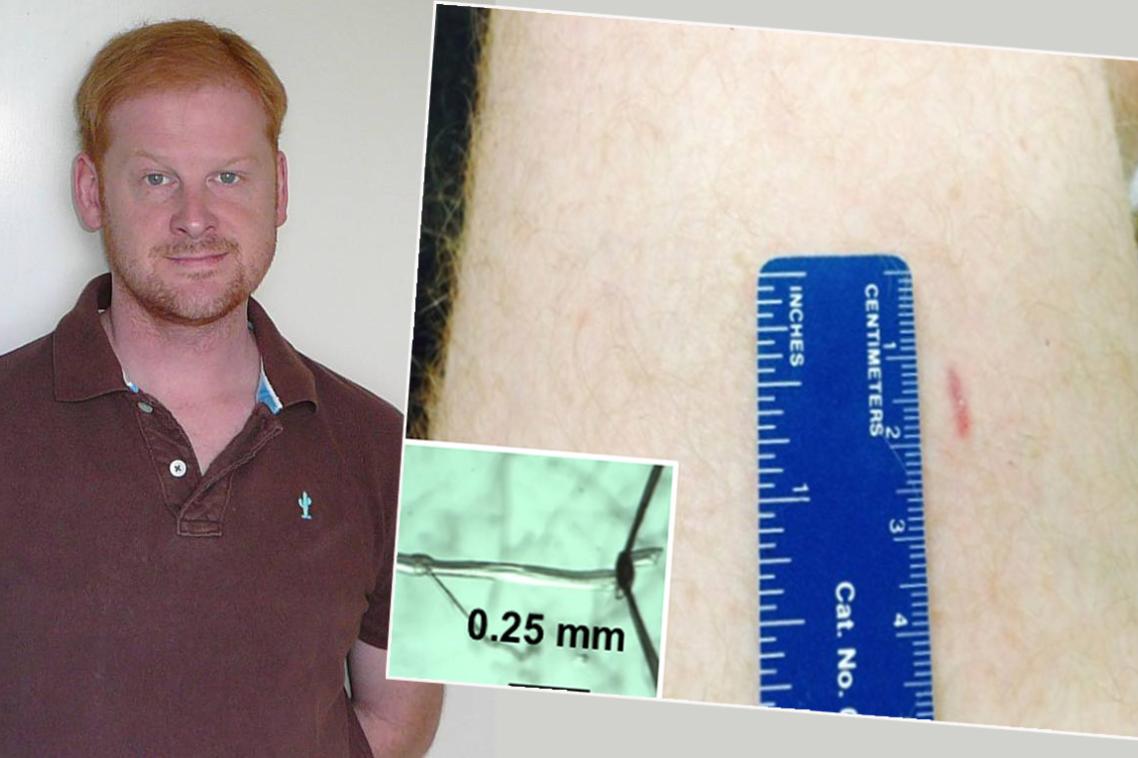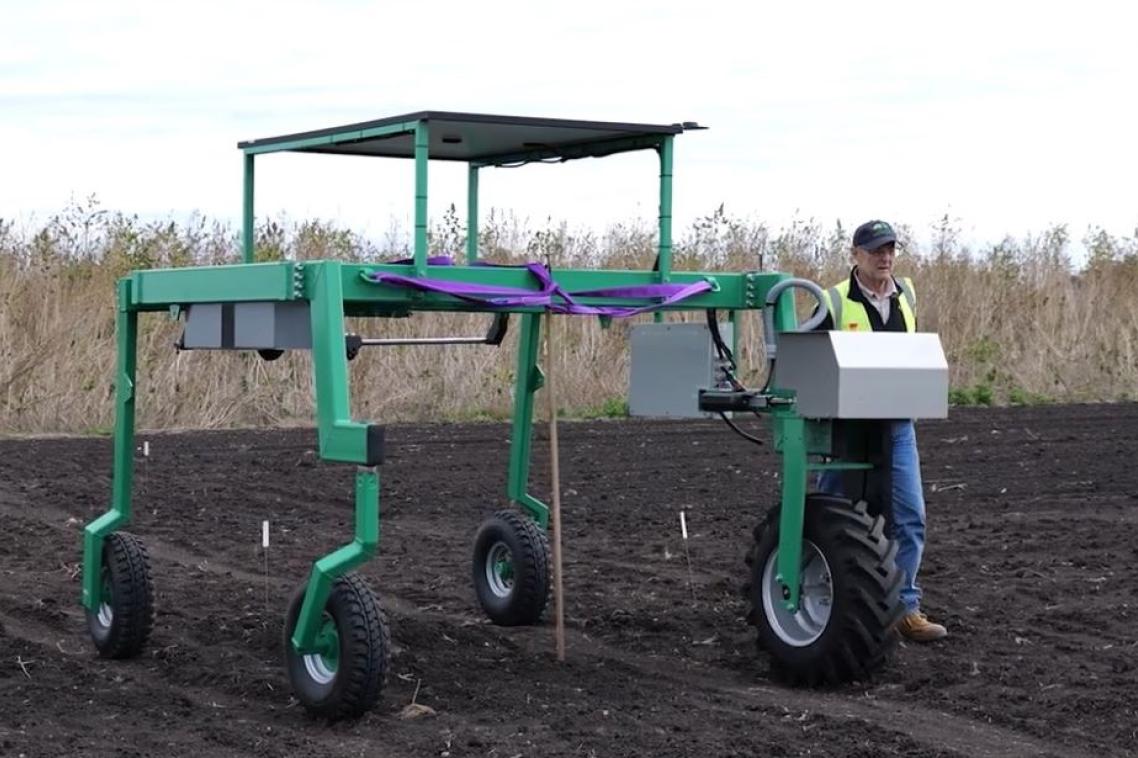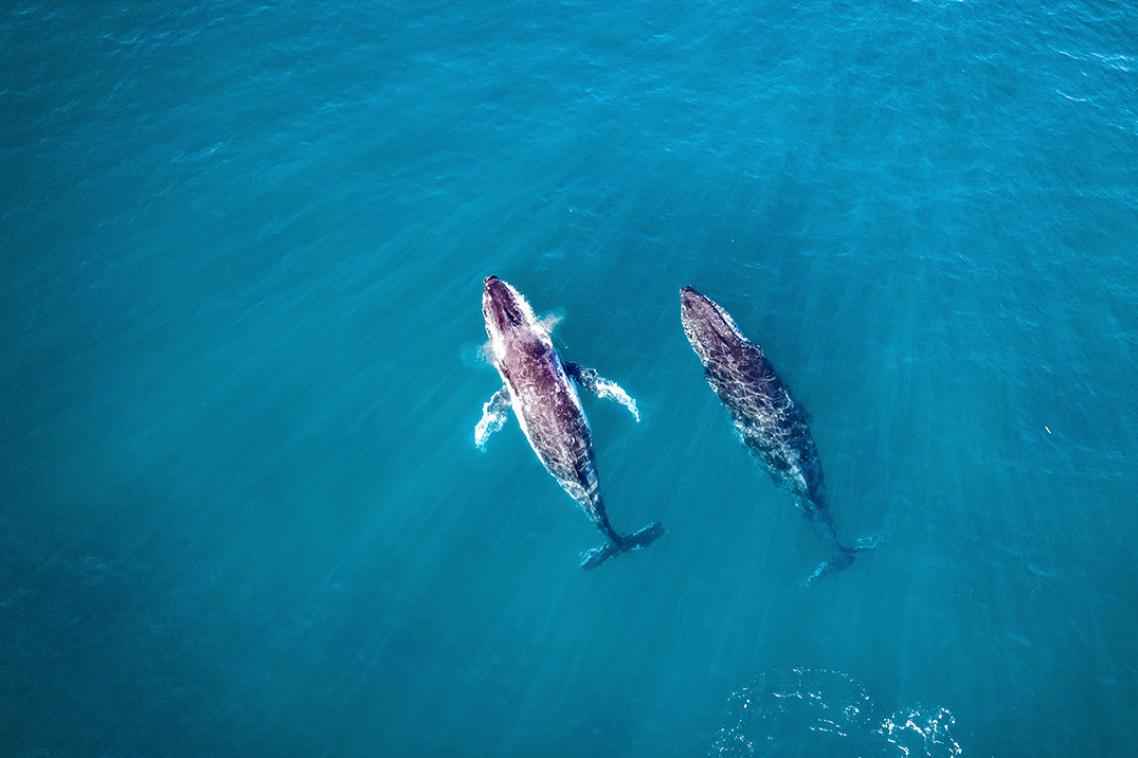A message from your muscles

New research from The University of Queensland has revealed the way human muscles recover after fatigue.
Dr Bradley Launikonis from UQ’s School of Biomedical Science said most people knew all too well the feeling of muscle soreness after unaccustomed exercise, but until now no one had fundamentally described the cell physiology of the recovery process.
“We found the muscle itself has a protective mechanism stopping an individual from further damaging themselves in the days after exercise,” Dr Launikonis said.
“We tested human muscle fibres from thigh biopsies at three points in an exercise cycle.
“We mapped the muscle structure before an individual exercised, as well as 24 and 48 hours after.”
The study found the muscle membrane system could change structure dramatically.
“When a person partakes in unaccustomed exercise, calcium levels rise and muscles are prone to damage,” Dr Launikonis said.
“It’s thanks to small cavities inside the muscle fibres where calcium accumulates - called vacuoles - that the damage high calcium levels would otherwise cause to vulnerable muscle is reduced.”
This process happens while the body is warned to ease off.
“The soreness a person feels is the body saying it is fatigued, that the muscles are vulnerable, and it’s time to rest.”
Dr Launikonis said vacuoles then disappear until the next round of strenuous exercise occurs.
“Prior to this, no one had any idea this mechanism was happening.
“It tells us human muscles are very adaptive and can protect themselves.”
Dr Launikonis said now that the fundamental protective mechanism was known it could help better understand muscle wasting diseases.
“If we can further analyse this mechanism it could be used to protect patient groups with vulnerable muscles like those with muscular dystrophy - but more research is needed.”
Dr Bradley Launikonis is an Australian Research Council fellow.
The research was published in Nature Communications.
Media: Dr Bradley Launikonis, b.launikonis@uq.edu.au ,+61 7 3365 4301; Bernadette O’Connor, bernadette.oconnor@uq.edu.au, +61 7 3365 5118, 0431 533 209.
Related articles

Sub-soil secrets revealed in robot-driven farm research

Decades of surveys show whale migration shift
Media contact
UQ Communications
communications@uq.edu.au
+61 429 056 139
